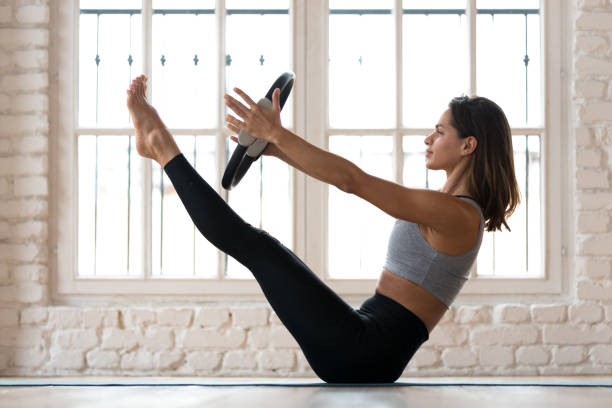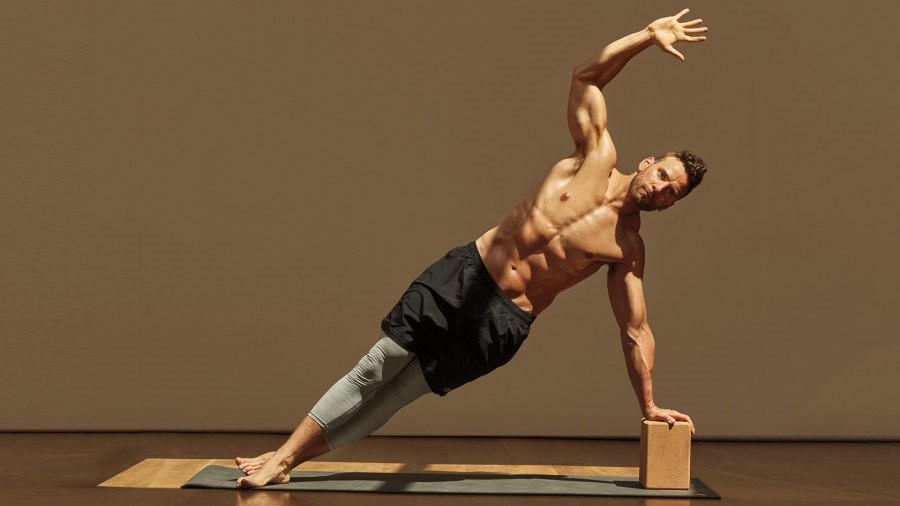Pilates consists of a variety of exercises to enhance physical capacities and is based off six principles: centering, concentration, control, precision, breath and flow. Pilates works to improve strength, mainly in muscles surrounding the pelvis and spine commonly referred to as the “core”. Due to the focus of Pilates on the “core”, Pilates can be extremely effective in injury prevention, rehabilitation, general fitness and well-being. Pilates has an extensive list of health benefits attributed to as much as 1 class a week for 10 weeks. Here are 6 of the main health benefits you could achieve by participating in a Pilates class.
- Increased muscle mass
Muscles play a crucial role in daily life. Muscle mass is the amount of body weight that is made up from muscle, this does not include fat or bones. They allow movement, balance, organ function, skin integrity and immunity. A natural part of ageing is the loss of muscle mass. Once over the age of 40 you can lose around 8% of muscle mass per decade! This can increase an individual’s susceptibility to falls, fractures and delayed recovery from injury or illness. Due to this, it is highly important to maintain as much muscle mass as possible. Pilates exercises recruit a wide range of muscles in the body aiding in maintaining muscle mass globally throughout the body.

- Increased balance
Improvements in balance are achieved by Pilates teaching control and coordination of movements. Balance is the ability to control your body’s position either when stationary (standing) or moving (walking). Balance is extremely helpful in daily tasks such as standing on tip toes to reach a high shelf, walking on uneven ground or walking up and down stairs. Good balance also helps to reduce the risk of falls, which is the number one reason for death in the elderly population.
- Increased flexibility and mobility
Flexibility is the amount of passive stretch a muscle or joint has in the body. Mobility is the active range of motion of a joint or muscle. To improve mobility, you would first need to increase your flexibility and then focus on improving your strength throughout the whole range. Through doing this you will achieve an increase in your mobility.
During a Pilates sequence the focus is on slow controlled movements. Pilates combines both strengthening and stretching throughout the exercises, which helps to improve strength, flexibility and mobility. Studies have shown Pilates offer a more effective improvement in flexibility when compared to static stretching (Campos de Oliveira 2016).

- Increased core strength
A common misconception is that core strength is the same as abdominal strength. However, core strength refers to a person’s ability to stabilise and control movements of the torso. The core encapsulates the abdominal muscles, back muscles (multifidus, erector spinae and latissimus dorsi), diaphragm, pelvic floor and gluteal muscle group. Having a strong core makes it easier to complete physical activity through improving balance, stability, posture and can help to reduce back pain. During Pilates, the specific movements require you to contract and relax your core muscles. The unique choice of exercises in Pilates ensure you stabilise and strengthen the aforementioned muscles while moving your limbs to further challenge your balance, strength, stabilisation and flexibility.

- Improved mood
Pilates is a form of physical exercise. The body’s response to exercise is to release endorphins. Endorphins is a chemical that when released increases feelings of pleasure and wellbeing. Studies also show that after partaking in Pilates there was a reduction in feelings of anxiety, fatigue and depressive symptoms while also increasing feelings of energy (Fleming, 2020).
- Improved body awareness
While completing Pilates you have to draw your attention inwards to focus on activating the correct muscles, feeling the correct sensations and maintaining correct body alignment. Due to this focus, Pilates can enhance your proprioception and therefore your body awareness. As your body awareness increases it will assist in reducing your risk of injury or falls as you are better able to control and respond to outside stimulus on the body.
- Brooke Sullivan – Physiotherapist (Bachelor of Exercise and Sports Management; Masters of Physiotherapy)

